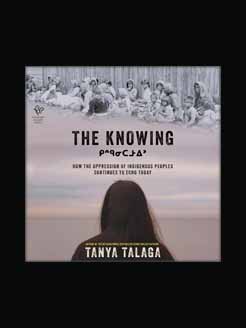Published in 2025
8 hours and 51 minutes
Annie Wilson is a senior lecturer of marketing at the Wharton School of Business and a former behavioral scientist for The Vanguard Group. Annie received a PhD in marketing from Harvard Business School. She has worked in consulting partnerships and provided keynote talks on brand strategy in the financial, entertainment, and fashion industries.
Ryan Hamilton is an associate professor of marketing at Emory University’s Goizueta Business School. He has consulted on branding with Walmart, FedEx, Home Depot, Caterpillar, ConAgra, Cigna, Visa, and Ipsos, among others, and has been a keynote speaker. He coauthored a book and cohosts a podcast, both called The Intuitive Customer. He has also produced two lecture series, “Critical Business Skills for Success: Marketing” and “How You Decide: The Science of Human Decision Making,” for The Great Courses.
What is this book about?
You always want to grow your brand, but there’s a dilemma: The more customer segments you target and serve, the harder it becomes to manage their diverse preferences and behaviors. Sometimes, you do such a good job building a loyal customer base that attempts to attract other customers feels like a betrayal to your core audience. Other times, a new segment adopts your products without your courting, and it creates tension with existing customers.
Welcome to “the conflict zone,” where brands must navigate incompatibilities between customer segments to achieve growth, or risk losing more customers than they gain. How did Supreme’s attempts to crossover into fashion cost the brand its coveted reputation among skateboarders? How did Apple lose one of its most devoted customer bases when it updated a piece of software? What did Tiffany do when its silver jewelry became too popular with teenagers?
Marketing experts and professors Annie Wilson and Ryan Hamilton answer these questions, and through dozens more cases provide insight into how brands can drive growth by attracting new segments without alienating or losing their current customers. They also explore how brands can more strategically select and manage customer segments to drive high velocity growth and symbiotic segment relationships.







